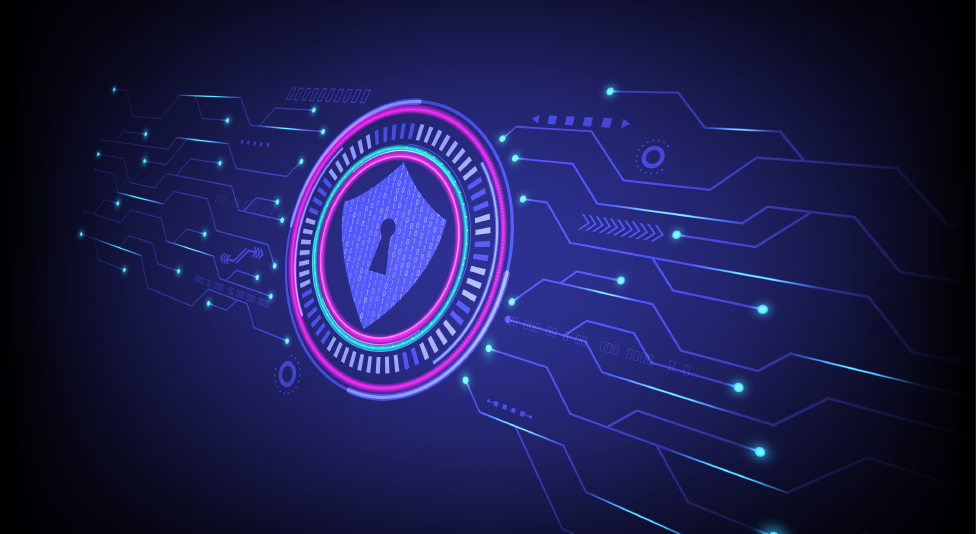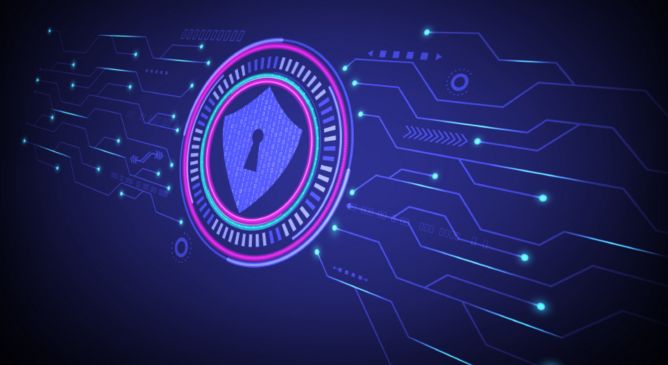Deliver ISO Compliance with Automation

To ensure consumers have confidence in your products, systems, and services, it’s vital to comply with laws, regulations, and standards. While recent migrations to the cloud remains advantageous to businesses across the globe, the associated risks and vulnerabilities require a greater focus. This means meeting compliance to avoid financial risks, losing market share, and non-compliance fines and penalties.
As it’s necessary to continuously monitor and review every system within a network, doing so can slow your team down. Businesses often have up to tens of thousands of servers, especially within a virtualized cloud environment, making it impossible to manually monitor and review systems successfully. This can lead to compliancy slipping through the cracks.
With much at stake, companies are thinking about how to meet compliance like NIST, GDPR, HIPAA, and ISO. Explore how you can integrate security your organization needs to meet compliance without friction.
The chain of compliance
An organization’s security posture is implemented from the organization’s cybersecurity leaders. As a CISO, you’re responsible for to adopt new standards towards IT security and IT risk. Nonetheless, meeting compliance is ultimately a team effort. Here’s how everyone else contributes:
- Security Manager/SecOps: Due to the virtualization technology in data centers and within cloud providers, the number of serves, routers, and switches has dramatically increased from traditional physical data centers. Security managers/SecOps must be committed to meeting compliance as well. This is due to security manager/SecOps responsibility for detecting, investigating, and responding to security alerts, as well as staying up to date on the ever-changing threat landscape.
- DevOps: In addition to building, deploying, and running applications that meet the business needs, DevOps teams need to reconfigure over time as those needs change.
Why it matters to you
With digital transformation comes the widening of your digital attack surface and skills shortages. This introduces very real challenges for management. In fact, 50% of organizations are adopting a cloud-native approach to support both employees and customers, and the number of connected devices is expected to climb to 55.9 billion by 2025. These shifts have allowed cybercriminals to target unmanaged attack vectors.
Receiving actionable prioritized mitigation recommendations enables your team to better discover and assess risks across your digital attack surface. Automating mitigation wherever possible can bolster efficiency and reduce the chance of a successful attack or breach.
Automate and accelerate your audits with Trend Micro Cloud One™ – Conformity
Conformity enables you to automate security audits while meeting business’ compliance needs by providing your team with:
- Seamless integration into their CI/CD pipeline due to powerful APIs.
- Infrastructure as a code (IaC) to ensure only the most secure and compliant templates are deployed.
- Real-time monitoring of your AWS and Microsoft Azure environments with a single, multi-cloud environment.
- Continuous scans against hundreds of industry best practice checks, including all the ones vital to your business – SOC2, ISO 27001, NIST, CIS, GDPR, PCI DSS, and HIPAA.
- Standardized and custom reports auditing your infrastructure with an endless combination of filters.
- Connection to preferred third-party providers such as Slack, Jira, Zendesk, PagerDuty, and Microsoft Teams.
- Complimentary knowledge base auto-checks against over 750 infrastructure configuration best practices across over 85 services from AWS and Azure.
Why compliance matters
To minimize complexity and friction, it’s important to review the tenants of compliance and ensure everyone across your organization, from DevOps to SecOps, possesses a general knowledge.
Compliance laws:
Compliance regulations:
Compliance standards:
- Example: International Standards Organization (ISO)/International Electrotechnical Committee (IEC) 27000-series, known as the ISO27K for short.
- What it is: Series of documents that provides best practice recommendations on information security management—from physical network to network security.
- Breakdown of applicable documents:
- ISO/IEC 27001: Details best practices for establishing and maintaining information security management system (ISMS). Companies can receive certification for meeting this standard by an accredited certification body following a successful audit. These best practices include:
- Regular audits of an organization’s security risk such as threats, vulnerabilities, and impacts.
- Design and implement acceptable remediation plans for high-risk threats.
- Adopt an overarching management process to ensure continuous compliance is met.
- ISO/IEC 27002: Extensive best practice recommendations for the use of information security controls by people responsible for the ISMS.
- ISO/IEC 27017: Best practices for information security controls for cloud services based on ISO/IEC 27002 guidelines.
- ISO/IEC 27001: Details best practices for establishing and maintaining information security management system (ISMS). Companies can receive certification for meeting this standard by an accredited certification body following a successful audit. These best practices include:
The following use case gives insight into how events like the Capital One data breach can be avoided:
The problem: Capital One, considered a “mature cloud company”, suffered a massive data breach in 2019 due to a misconfigured web application firewall.
The result of the data breach: More than 100 million U.S. customers impacted and another 6 million in Canada.
The standard: ISO/IEC 27001
How it applies: This standard was adopted in 2013 to specify the requirements for developing and implementing an ISMS. The ISMS is the sum of the information security program, its processes, and all the security controls within a business. If Capital One had followed the best practice of regular, systemic audits, the misconfigured firewall would have been detected and potentially remediated before being exploited.
Next steps
An automated security, governance, and compliance cloud risk assessment can enable you to build a secure and compliant cloud infrastructure. Trend Cloud One™ – Conformity offers a free public cloud risk assessment. Cloud engineers will check for your AWS and Azure cloud environment to ensure you’re operating within compliancy.
Read More HERE




